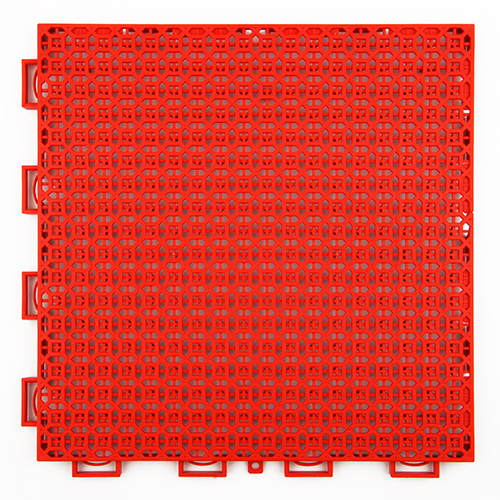Dec . 26, 2024 23:09 Back to list
Benefits of Using Synthetic Rubber for Athletic Running Tracks
The Rise of Synthetic Rubber Running Tracks A Game Changer in Athletics
In the world of sports, particularly athletics, the surface on which events are held plays a crucial role in performance and safety. Over the past few decades, synthetic rubber running tracks have revolutionized this landscape, offering athletes a substantial advantage while enhancing the overall experience in competitive and recreational running. This article explores the various aspects of synthetic rubber running tracks, from their composition and benefits to their impact on athletics.
What is Synthetic Rubber?
Synthetic rubber, developed in the early 20th century, is a man-made material derived from petroleum byproducts. Unlike natural rubber, which is obtained from rubber trees, synthetic rubber can be engineered to have specific properties that can enhance its performance and durability. This adaptability has led to the creation of a range of synthetic rubber materials suitable for various applications, including running tracks.
Advantages of Synthetic Rubber Running Tracks
1. Enhanced Performance One of the primary reasons synthetic rubber tracks have gained popularity among athletes is their ability to improve performance. The material provides an optimal balance of cushioning and firmness, enabling athletes to run faster and with greater efficiency. The energy return from a well-built synthetic track can contribute to better running times and reduced fatigue during races.
2. Injury Prevention Injury is an unfortunate reality for many athletes, especially when running on hard surfaces like concrete or asphalt. Synthetic rubber tracks are designed to absorb shock, reducing the impact on joints and muscles. This shock-absorbing quality can significantly lower the risk of injuries such as shin splints, stress fractures, and joint pain, making synthetic tracks a safer alternative for training and competition.
3. Consistent Performance Unlike natural grass or dirt tracks, synthetic rubber tracks offer a consistent surface that remains uniform regardless of weather conditions. Rain, snow, or extreme heat can affect natural surfaces, leading to varying degrees of traction. Synthetic tracks are designed to provide reliable performance, ensuring that athletes can compete under comparable conditions.
synthetic rubber running track

4. Low Maintenance Synthetic tracks require significantly less maintenance compared to traditional surfaces. While natural grass fields need regular mowing, watering, and fertilizing, synthetic surfaces only require occasional cleaning and inspections. This low-maintenance aspect not only saves time and labor costs but also ensures that the track remains in optimal condition for longer periods.
5. Environmentally Friendly Options The production of synthetic rubber has evolved to include environmentally friendly practices. Many manufacturers now use recycled materials in the creation of running tracks, reducing waste and promoting sustainability. Additionally, synthetic tracks are designed to last longer, decreasing the need for frequent replacements and the associated environmental impact.
The Impact on Athletics
The shift to synthetic rubber running tracks has changed the landscape of athletics at all levels. Schools, colleges, and municipalities are increasingly investing in synthetic surfaces for their facilities, allowing athletes to train and compete on high-quality, reliable surfaces. This accessibility contributes to higher participation rates in sports and improved performance outcomes.
In professional athletics, the move towards synthetic tracks has coincided with record-breaking performances. Major international competitions, such as the Olympics and World Championships, predominantly use synthetic surfaces, which has led to some of the fastest times recorded in history. The reliability and performance benefits of synthetic tracks have become a standard in elite competition.
Conclusion
Synthetic rubber running tracks represent a significant advancement in the field of athletics. Their advantages in terms of performance, injury prevention, and maintenance make them an attractive option for facilities around the world. As technology continues to evolve, we can expect even more enhancements in synthetic surface design, further benefiting athletes at all levels. Whether for competitive athletes aiming for personal bests or recreational runners seeking enjoyment in their exercise routines, synthetic rubber tracks stand as a testament to how innovation can transform the sports experience.
-
Vinyl Carpet Flooring | Durable & Waterproof Design
NewsJul.31,2025
-
Premium Basketball Board Stand with GPT-4-Turbo AI
NewsJul.31,2025
-
Premium Maple Flooring for Gyms & Homes | PVC & Vinyl Options
NewsJul.30,2025
-
Premium Outdoor Basketball Court Tiles for All Weather Use
NewsJul.30,2025
-
Durable Basketball Board Stand for Indoor & Outdoor Use
NewsJul.29,2025
-
Durable Pickleball Court Tiles for Outdoor Sport Courts
NewsJul.29,2025

